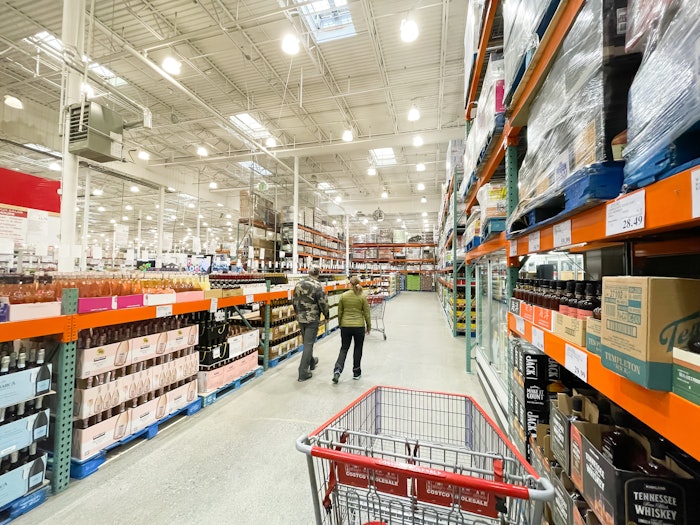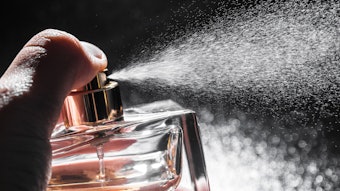The global beauty and personal care industry is being reshaped as consumers adjust their spending habits to balance quality with affordability, according to Euromonitor International’s "World Market for Beauty and Personal Care" reporta. Per the analysis, economic pressures are driving a shift from premium to mass-market brands, with private label products and affordable indulgences taking center stage.
This article is only available to registered users.
Log In to View the Full Article
The global beauty and personal care industry is being reshaped as consumers adjust their spending habits to balance quality with affordability, according to Euromonitor International’s "World Market for Beauty and Personal Care" reporta. Per the analysis, economic pressures are driving a shift from premium to mass-market brands, with private label products and affordable indulgences taking center stage.
Fragrances Drive Growth: Scent-Stacking Trends and Budget-Friendly Innovations
Fragrances, in particular, are emerging as a key growth driver, set to account for 23% of industry growth between 2024 and 2029, with a forecast CAGR of 5.5%.
The growing trend of "scent-stacking," where consumers layer scented products for a lasting effect, is fueling demand for budget-friendly options like body mists, which saw a 7.1% growth from 2023-2024.
Many luxury and premium players are entering this segment with fragrance-adjacent offerings, aiming to attract budget-conscious shoppers through exclusive scent profiles and premium packaging.
Value-Driven Beauty: How Retailers Are Adapting to Economic Shifts
In response to economic concerns, brands and retailers are expanding their focus on ingredient-driven, value-oriented products.
Discount retailers in the U.S. market are broadening their beauty offerings, targeting rural areas and value-conscious shoppers through private label products and bulk-buying options.
Warehouse clubs, in particular, are gaining popularity as they provide access to "dupe" products—cost-effective alternatives with similar qualities to premium items—allowing consumers to enjoy indulgence without overspending.
This aligns with July 2025 Spate data that showed TJ Maxx, Marshalls and Costco are experiencing immense popularity growth on TikTok and Google. Costco alone has added many beauty brands in the last year, including Abib, Skintensive, Indie Lee, Goodal and CosRx.
Global Beauty Trends: Regional Shifts in Sales and Consumer Priorities
Regionally, Asia Pacific accounted for 31% of global beauty sales in 2024, but tighter budgets are driving a shift from premium to mass-market products.
Meanwhile, North America experienced a decline in mass-market sales, particularly in color cosmetics, as consumers prioritized daily-use products like fragrances.
In Western Europe, fragrance sales increased as shoppers sought affordable luxuries, emphasizing the category's resilience even in times of economic uncertainty.
Affordable Indulgence: How the Beauty Industry is Evolving with Consumer Priorities
As economic challenges persist, the beauty industry is adapting to evolving consumer priorities, with affordable indulgence and value-driven offerings paving the way for future growth. These trends underscore a broader shift in how shoppers engage with beauty products, prioritizing purpose and accessibility over traditional luxury.
FOOTNOTE
awww.euromonitor.com/newsroom/press-releases/july-2025/fragrance-to-drive-23-of-beauty-growth-as-recession-glam-takes-hold











